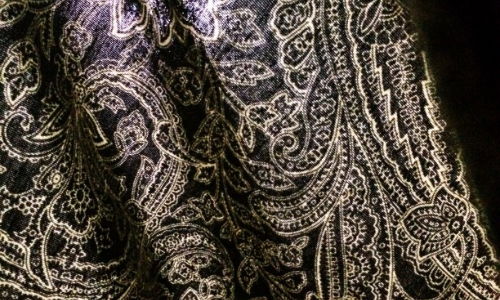Fabric Types
Plant-Based
Sustainable Clothing
Plant-based fabrics or plant fibers are natural fabrics derived from different parts of plants. The most common examples of plant-based fabrics include Cotton, Linen, and Hemp, and Jute. There is a "green textiles" and sustainable trend currently in the plant-based fabric industry with fabrics being created from coconut shells, hemp, bamboo, plant stems, and algae fibers. Consumers and the fashion industry are now more inclined to use ethically created, cruelty-free, and sustainable fabrics.
Natural plant-based fibers are derived from flax plant stalks in the case of linen and seed hair in the case of cotton.
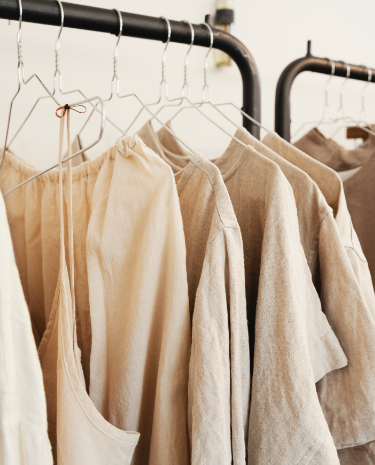
Common Types of Plant-Based Fabrics
Plant-based fabrics are a type of nature-produced fabrics. There are different types of plant-based fabrics based on the plant they have been obtained from.
Cotton: It is a soft and fluffy fiber that grows around the seeds of the cotton plant as a protective case. The protective case of cotton fiber is termed as cotton bolls and under natural conditions, these bolls grow to help increase the seed-dispersal. Fabrics made with cotton are absorbent, breathable, and lightweight. They are commonly used in the making of t-shirts, sarees, socks, socks, denim, and more.
Jute: It is a comparatively rough fiber and hence not suggested for clothing applications until it is put through an extensive production process. Its roughness and durability act as an ace card for industrial applications. Jute is water-absorbent, dries fast, highly resistant to stains and abrasion, and highly biodegradable fiber. There are different types of Jutes, namely: White Jute, Tossa Jute, and Mesta Jute. Jute can be used in the making of sweaters and light jackets, burlaps, curtains, canvas, etc.
Linen: It is a sustainable fabric made from flax fibers. Linen in some cases proves to be better than cotton as it is 2-3 times stronger and dries much faster. Linen is a good conductor of warmth because it contains natural heat and moisture-wicking properties. One of the most remarkable qualities of Linen is that it is a naturally anti-bacterial fabric and hence has been used in the making of bandages for centuries now. The fabric is also used for making tablecloths, pillows, rope, rugs, clothing, curtains, etc.
Hemp: Hemp is made by using the fibers from the stalk of the Cannabis Sativa plant. This plant is an exceptional source of durable and stretchable fabric but it is challenging for farmers to produce this crop because of its psychoactive qualities. The characteristics of Hemp include: softness, durability (even more than cotton), lightweightness, breathable (making it suitable for warm weather), ease to dye, resistance to harmful microbes, molds, and mildew, and ease to wash. It’s not likely to shrink or pill. Hemp is used to make pants, jackets, t-shirts, hoodies, dresses, dishtowels, bed sheets, tablecloths, blankets, and more.
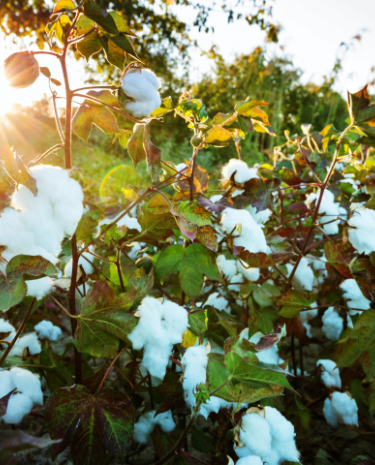
Checkout common Plant-Based fabrics
- Cotton
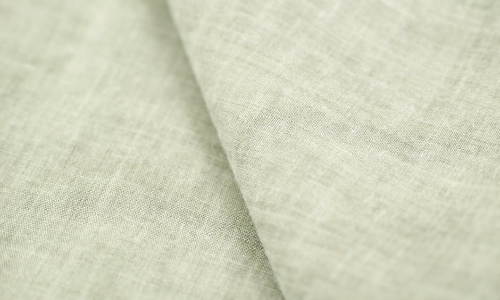
- Jute
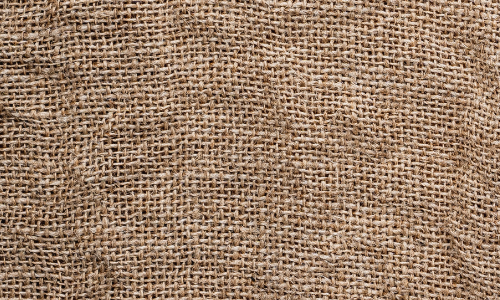
- Linen
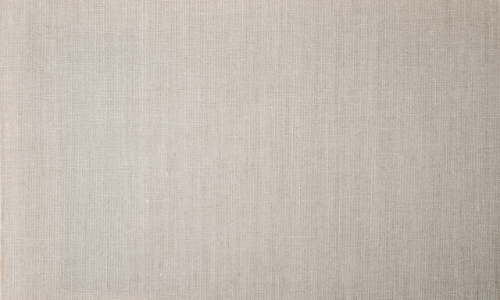
- Jacquard
